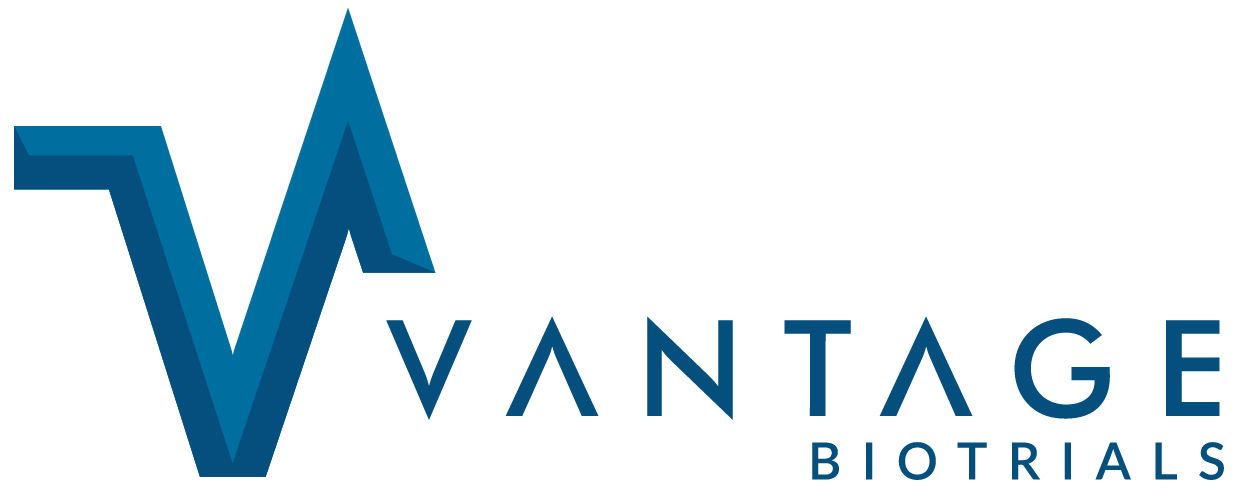CASE STUDIES
Let Vantage BioTrials’ vast industry experience guide you in making an informed decision about how to conduct your clinical trials. All of our case-studies are real life situations which can serve as valuable examples in creating training tools for your needs.
VBT was aware of a number of ongoing studies in skin and skin structure infections, thus patient enrollment would potentially be affected by competing trials. Therefore, it was imperative that both our Sponsor and our internal team generate enthusiasm for this particular protocol. We began by enabling a comprehensive and targeted feasibility study to identify and evaluate upcoming competing studies, followed by an educative session with the Investigators on the biologic attributes of the study drug specifically with regard to its rapid bacteriacidal activity, potentially faster rates of resolution, and its potential to limit the development of resistance due to its multiple mechanisms of action. And finally, we recommended that the Sponsor offer more competitive Investigator grants. All these proactive steps resulted in targeted high enrollment rates for the majority of participating research sites.
VBT was aware of a number of ongoing studies in skin and skin structure infections, thus patient enrollment would potentially be affected by competing trials. Therefore, it was imperative that both our Sponsor and our internal team generate enthusiasm for this particular protocol. We began by enabling a comprehensive and targeted feasibility study to identify and evaluate upcoming competing studies, followed by an educative session with the Investigators on the biologic attributes of the study drug specifically with regard to its rapid bacteriacidal activity, potentially faster rates of resolution, and its potential to limit the development of resistance due to its multiple mechanisms of action. And finally, we recommended that the Sponsor offer more competitive Investigator grants. All these proactive steps resulted in targeted high enrollment rates for the majority of participating research sites.
During the development of the protocol, VBT’s scientific team foresaw that maintaining the blind would pose a potential risk for the study, as we assumed the study drug and the comparator were not blinded. Also, the requirements for the study drug level monitoring varied, and many institutions required that the study drug levels be reviewed by either a pharmacist or a physician. Sites needed to ensure that systems were in place so that study drug levels are not inadvertently revealed to blinded study staff. Therefore, our team proposed the use of unblinded monitors who would be responsible for the following:
- Ensure correct dose of study drug was dispensed
- Ensure proper storage of study drug
- Ensure proper return of used and unused vials
- Verify and retrieve study drug accountability pages
- Ensure that study drug levels are appropriately monitored, if applicable, and blinded from blinded study staff
We previously had experience with a very similar study and worked closely with sites to develop site specific plans that outlined how the blind would be maintained at each site prior to the site enrolling subjects.
Given the complexity of this condition (variceal bleeding), patients who might initially have been eligible will become immediately ineligible if they were treated on arrival in the hospital’s ER with another therapy. We recommended up-front and ongoing training of participating site staff in how to identify and enroll suitable subjects in order to combat the potential loss of evaluability due to other treatments. Patients may have presented at the hospital in a number of different departments, though the most likely scenario would be the Emergency Room (ER). We also carefully selected sites to participate in this study who demonstrated good internal network systems to ensure that patients presenting in different departments have the option of being referred for participation in the study before being treated with an alternative to the study drug.
To enhance the site internal network structure we recommended the use of site-specific referral plans to be discussed with a wider site team to ensure that patients are assessed for entry into the study prior to treatment with another therapy. Good internal networks were required to ensure potential patients are not missed. It is our experience that the use of study specific tools, such as abbreviated, pocket inclusion/exclusion cards that contain the study coordinator/Principal Investigators (PI’s) contact information has proved to be useful in studies such as these. These cards can be given to the personnel at the Investigator’s institution so that study staff are notified of potential patients prior to the commencement of non-study therapies.
With the extensive knowledge and experiences gained from the multitude of Phase I / Bioequivalence studies VBT has monitored for clients over the years, we began offering Training Courses for our clients’ scientific and operational teams, focusing on GCPs and practical ways to monitor these type of studies while maintaining the highest levels of quality. The response we received after each of these training sessions was tremendously positive, with feedback such as “Very insightful and detailed review. I learned a lot of new aspects about the source document review process,” and “Excellent job with the training provided. I have never seen my team so engaged in any training session before. We definitely learned a lot!”


